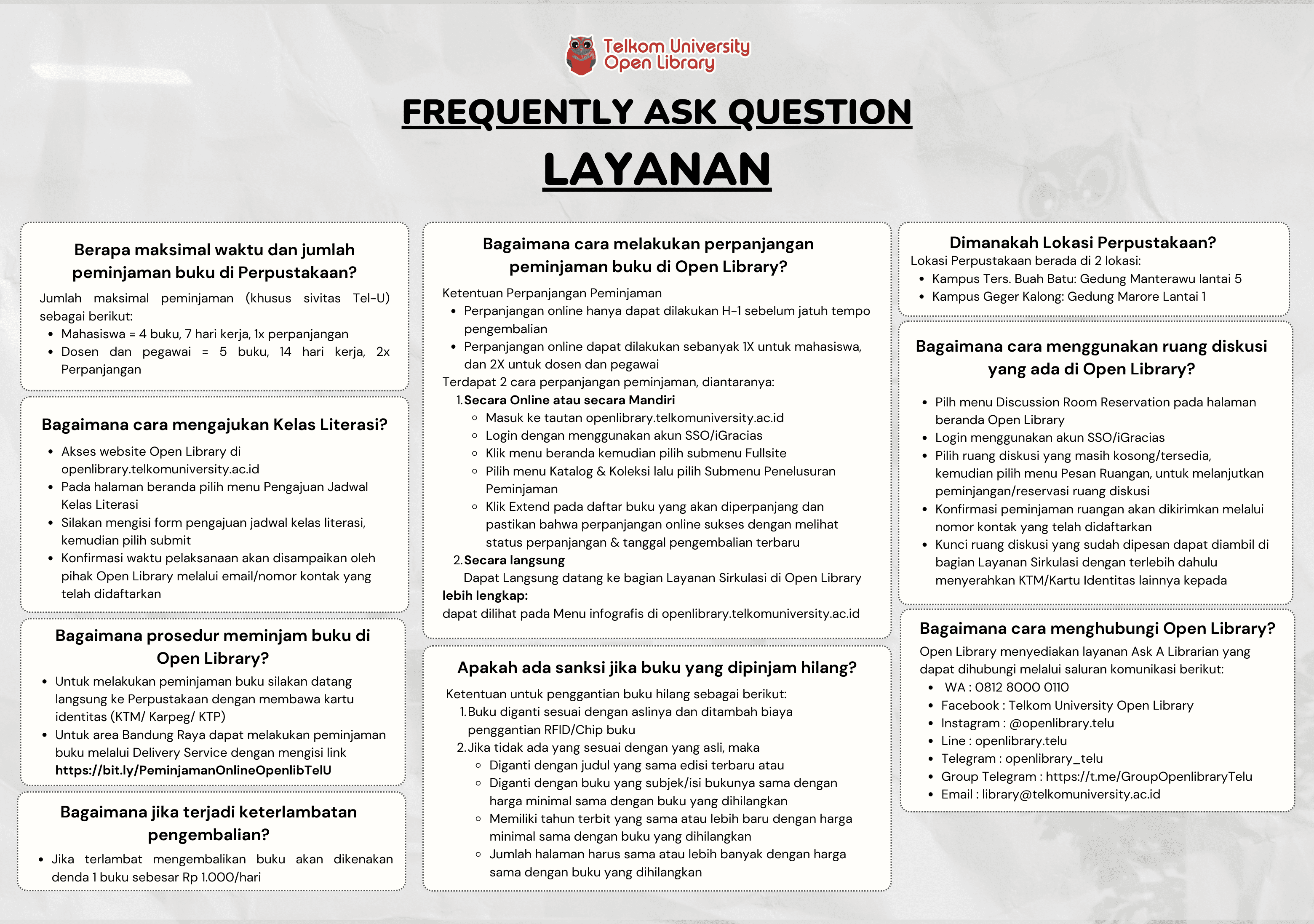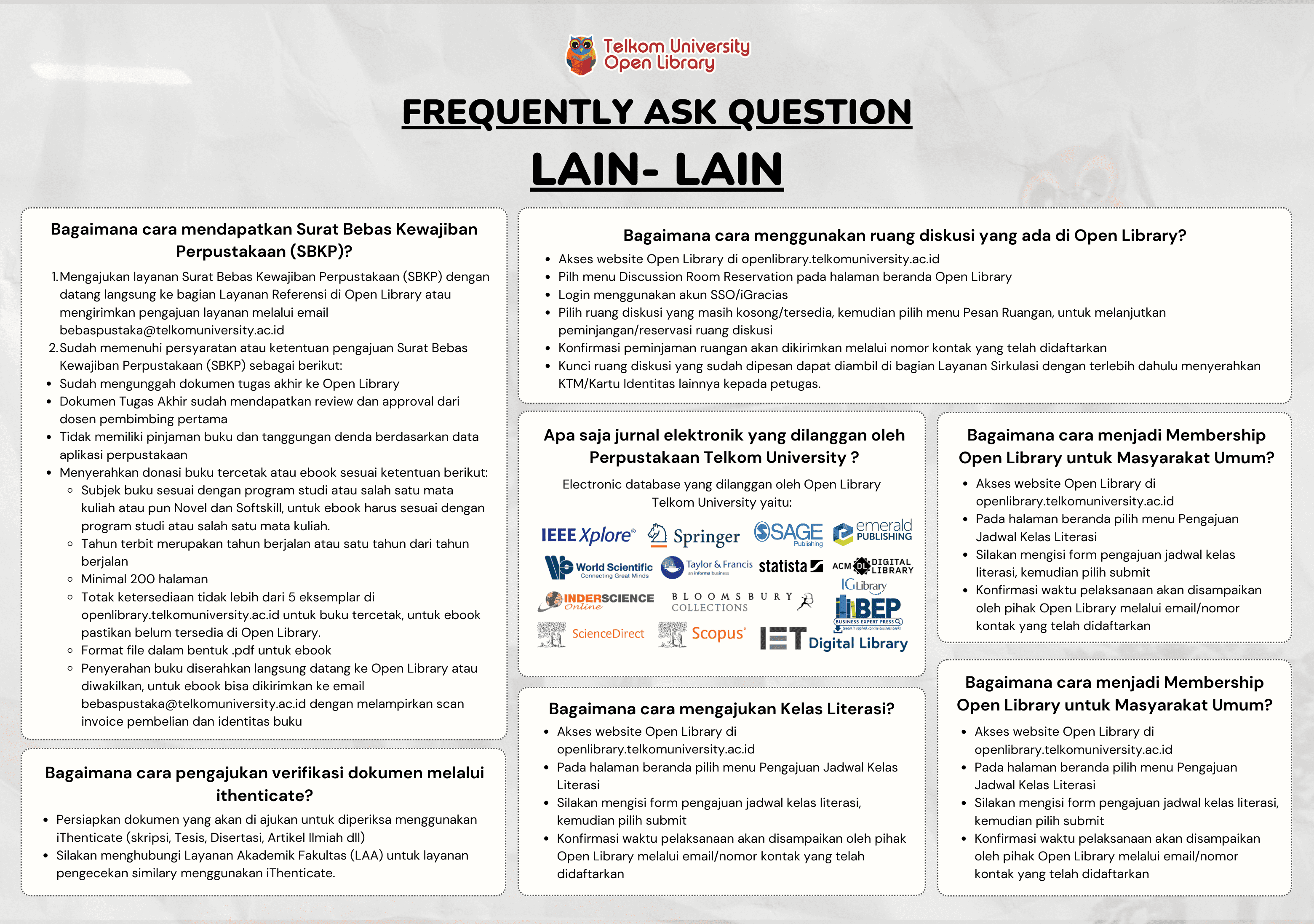MONITORING AND CONTROL OF CHAMBER PRESSURE AND GAS-RESIDENCE-TIME OPTIMIZATION IN OXYGEN CONCENTRATOR SYSTEM - Dalam bentuk buku karya ilmiah
SHALMA NUR HIDA

Informasi Umum
Kode
24.05.579
Klasifikasi
621.31 - Electrical Engineering
Jenis
Karya Ilmiah - Thesis (S2) - Reference
Subjek
Electrical Engineering
Dilihat
167 kali
Informasi Lainnya
Abstraksi
The number of COVID-19 cases is rising, and so is the demand for oxygen. Compared to other processes, the PSA process is inexpensive because of its cheap running co sts and great efficiency, may filter nitrogen so that highly pure oxygen remains. Furthermore, the adsorbents adsorption performance can also be influenced by the duration of the air adsorbent surface interaction. In order to create oxygen concentrators that can produce high oxygen purity, by using the PSA method and Li-X adsorbents 0.4mm as much as 90% of the volume chamber, this study conducts two scenarios to determine the ideal cycle time values that impact oxygen concentration results. Scenario 1 aims to find optimal cycle time values by conducting various experiments showing whether the P&O algorithm can be used on concentrator oxygen systems. The purpose of the scenario 2 is to determine when it is appropriate to release nitrogen and oxygen, and to see how variations in their release periods affect the creation of oxygen concentrations. The result of this study is the P&O algorithm and its modification can be applied to the oxygen concentrator system, with an average error of 1.23% compared to the manual data, if compared to the curve fitting of a manual data the error is 1.75%. For the error of the modified P&O compared to the manual data is 1.36%, and compared to the curve fit is 1.28%. In scenario 1, the optimum cycle time value is found, eight seconds to obtain the highest oxygen concentration is 80.32%. Then in scenario 2, nitrogen being released four seconds after oxygen, resulting an increase in oxygen concentration of 6.86% from scenario 1 to 87.13%.
Koleksi & Sirkulasi
Tersedia 1 dari total 1 Koleksi
Anda harus log in untuk mengakses flippingbook
Pengarang
| Nama | SHALMA NUR HIDA |
| Jenis | Perorangan |
| Penyunting | Muhammad Zakiyullah Romdlony, Asep Suhendi |
| Penerjemah |
Penerbit
| Nama | Universitas Telkom, S2 Teknik Elektro |
| Kota | Bandung |
| Tahun | 2024 |
Sirkulasi
| Harga sewa | IDR 0,00 |
| Denda harian | IDR 0,00 |
| Jenis | Non-Sirkulasi |


















